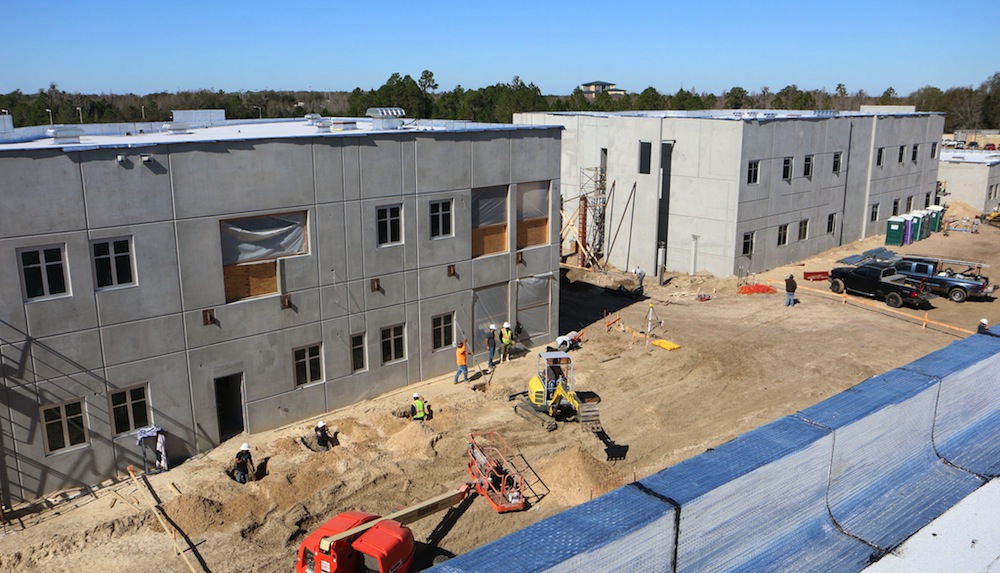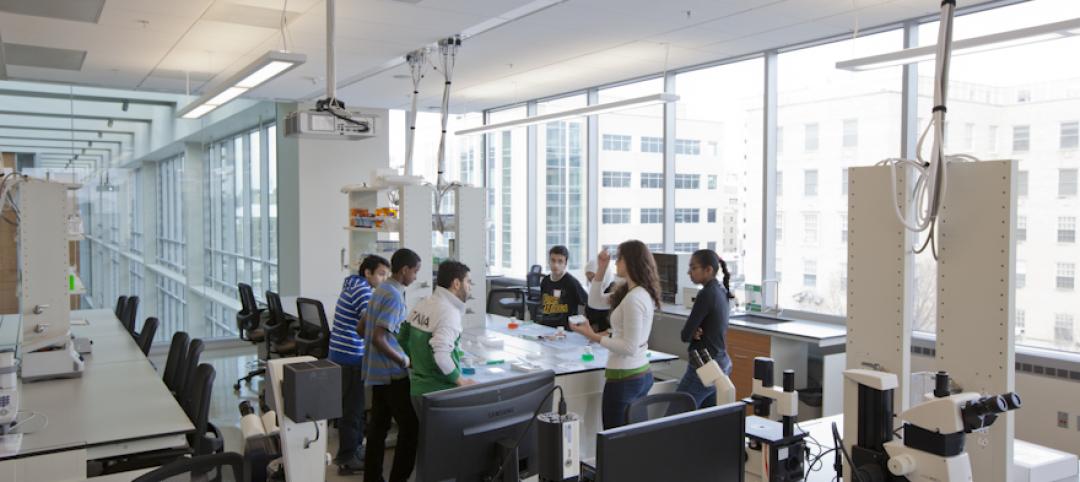The nation faces a projected annual shortfall of $46 billion in school funding, according to The State of Our Schools: America’s K-12 Facilities report, by the Center for Green Schools at the U.S. Green Building Council (USGBC), the 21st Century School Fund, and the National Council on School Facilities.
The report features in-depth state-by-state analysis of investment in school infrastructure and a perspective on 20 years of school facility investment nationwide. It also makes recommendations for investments, innovations, and reforms to improve learning environments in all U.S. public schools.
“One out of every six people in the U.S. spends each day in a K-12 public school classroom, yet there is very little oversight over America’s public school buildings,” said Rick Fedrizzi, CEO and founding chair, USGBC. “It is totally unacceptable that there are millions of students across the country who are learning in dilapidated, obsolete and unhealthy facilities that pose obstacles to their learning and overall well-being. U.S. public school infrastructure is funded through a system that is inequitably affecting our nation’s students and this has to change.”
“The data on funding school infrastructure paints a clear picture of the importance of a national conversation regarding the way improvements are funded,” said Mike Rowland, president, National Council on School Facilities and director of Facilities Services for the Georgia Department of Education. “The conversation surrounding student achievement must also include a component addressing the places where our children learn.”
To download the full State of Our Schools: America’s K-12 Facilities report, and to find out the conditions in your local school district, visit here.
Related Stories
| May 29, 2014
7 cost-effective ways to make U.S. infrastructure more resilient
Moving critical elements to higher ground and designing for longer lifespans are just some of the ways cities and governments can make infrastructure more resilient to natural disasters and climate change, writes Richard Cavallaro, President of Skanska USA Civil.
Sponsored | | May 27, 2014
Grim Hall opens the door to fire safety with fire-rated ceramic glass
For the renovation of Lincoln University’s Grim Hall life sciences building into a state-of-the-art computer facility, Tevebaugh Associates worked to provide students and faculty with improved life safety protection. Updating the 1925-era facility's fire-rated doors was an important component of the project.
| May 23, 2014
Big design, small package: AIA Chicago names 2014 Small Project Awards winners
Winning projects include an events center for Mies van der Rohe's landmark Farnsworth House and a new boathouse along the Chicago river.
| May 23, 2014
Top interior design trends: Gensler, HOK, FXFOWLE, Mancini Duffy weigh in
Tech-friendly furniture, “live walls,” sit-stand desks, and circadian lighting are among the emerging trends identified by leading interior designers.
| May 20, 2014
Kinetic Architecture: New book explores innovations in active façades
The book, co-authored by Arup's Russell Fortmeyer, illustrates the various ways architects, consultants, and engineers approach energy and comfort by manipulating air, water, and light through the layers of passive and active building envelope systems.
| May 19, 2014
What can architects learn from nature’s 3.8 billion years of experience?
In a new report, HOK and Biomimicry 3.8 partnered to study how lessons from the temperate broadleaf forest biome, which houses many of the world’s largest population centers, can inform the design of the built environment.
| May 19, 2014
Why e-commerce won't kill 'bricks and mortar' retail sector
Despite emerging structural challenges and newly-announced store closings, such as those of Radio Shack and Office Depot, the U.S. retail sector has continued on its solid recovery.
| May 15, 2014
'Virtually indestructible': Utah architect applies thin-shell dome concept for safer schools
At $94 a square foot and "virtually indestructible," some school districts in Utah are opting to build concrete dome schools in lieu of traditional structures.
| May 13, 2014
Steven Holl's sculptural Institute for Contemporary Art set to break ground at VCU
The facility will have two entrances—one facing the city of Richmond, Va., the other toward VCU's campus—to serve as a connection between "town and gown."
| May 13, 2014
Universities embrace creative finance strategies
After Moody’s and other credit ratings agencies tightened their standards a few years ago, universities had to become much more disciplined about their financing mechanisms.
















